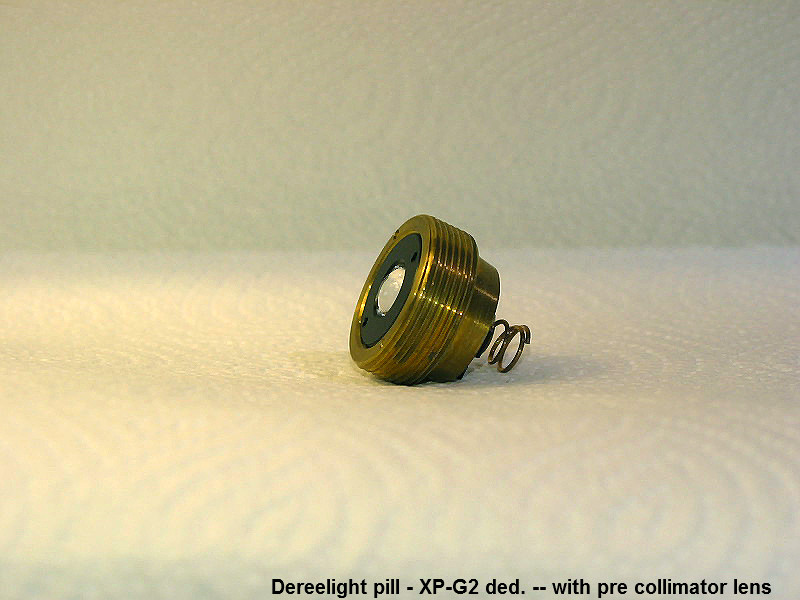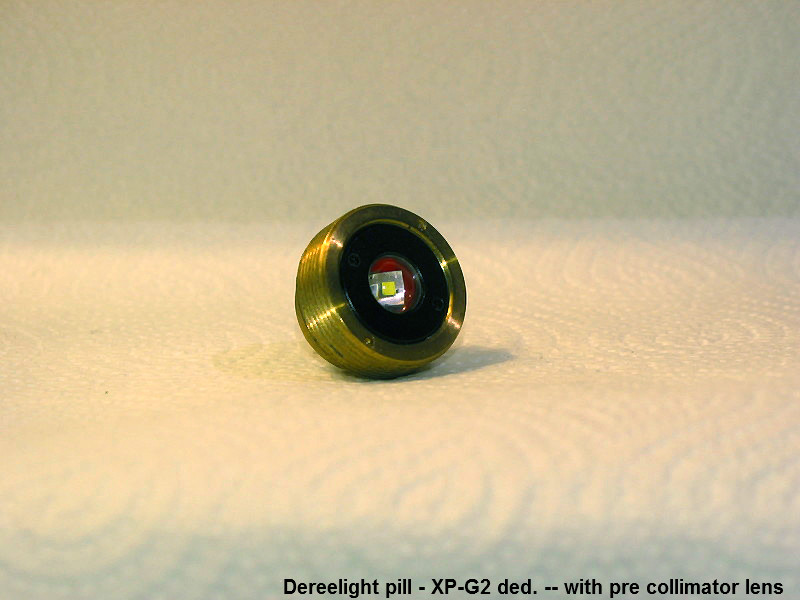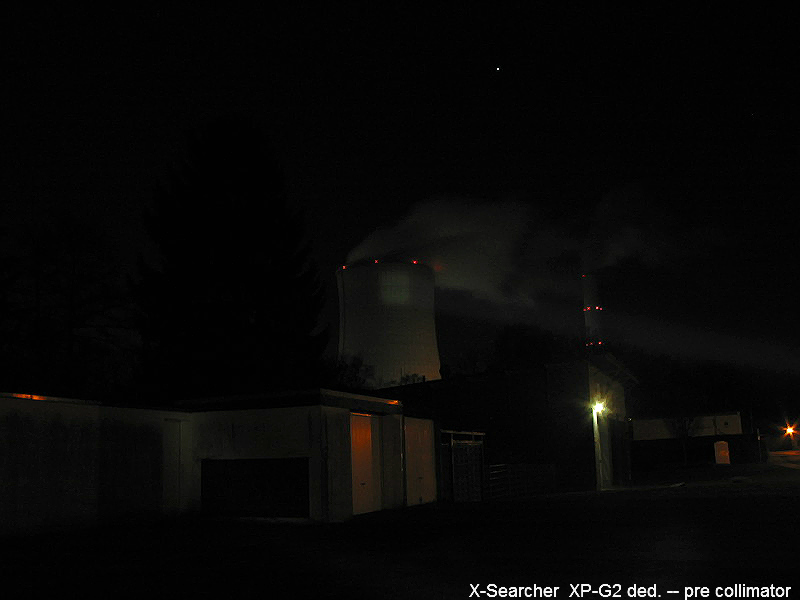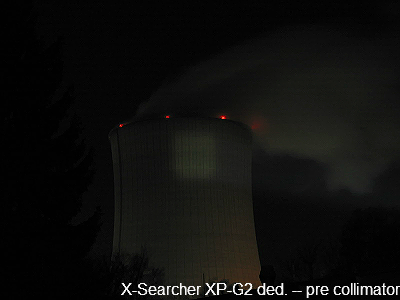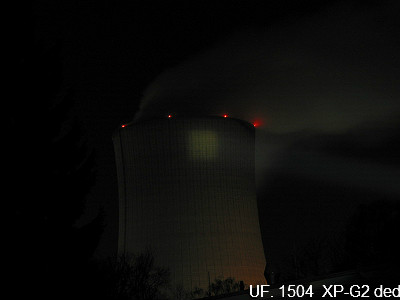there are two ways to use two lenses…
1) you arrange them in a typical Galilean Telescope fashion.
or…
2) you are actually making a “compound lens”. the rear lens closest to the light source is typically the shorter FL. The bigger FL lens is out front. FL of the NEW resultant compound lens? is determined by FL-1 and FL-2, and the airgap between them.
some general rules…
a) two lenses of equal FL, touching (airgap = 0mm) will make a single compound lens of exactly half. Example, two 100mm FL lenses touching? make a new compound lens of 50mm FL.
b) using example a… as you introduce airgap bigger than 0mm (not touching), the FL of the compound lens gets closer to 100mm FL, but never quite reaches it.
c) as the airgap gets bigger? the rear lens gets closer to the light source
d) the SIZE of the well focused emitter? is determined solely by the FL of the resulting compound lens. Smaller overall FL, bigger die projection size. larger overall FL, smaller die projection.
e) cigarette smoke is your friend for seeing you are not wasting light from lens to lens, lol.
f) theres no reason to limit yourself to 2 lenses, grasshopper… i have used 3 and 4 lenses before, with IR LED’s… to good effect.
g) since 2 lenses actually form ONE compound lens? and another 2 lenses form a second compound lens? using those 4 lenses, is actually like using 2 lenses, for the purposes of the math governing it.
h) if the two lenses are different FL? radically different? like… 25mmFL and 600mm FL ? the resulting lens will be a lot closer to 25 than to 600… but theres equations you can work out to accurately predict it based on both FL’s, and the airgap.
everytime i brought this idea up HERE, and on my other site? everyone poo-pooh’s the idea, and makes up ideas why it doesnt work and how it cant be efficient… even though the MATH shows it works. (also? Dr Jones described it… also? a “white paper” from edmunds describes it…)
I only use it on IR emitters… i’m glad someone started doing it with visible light…
![]()
